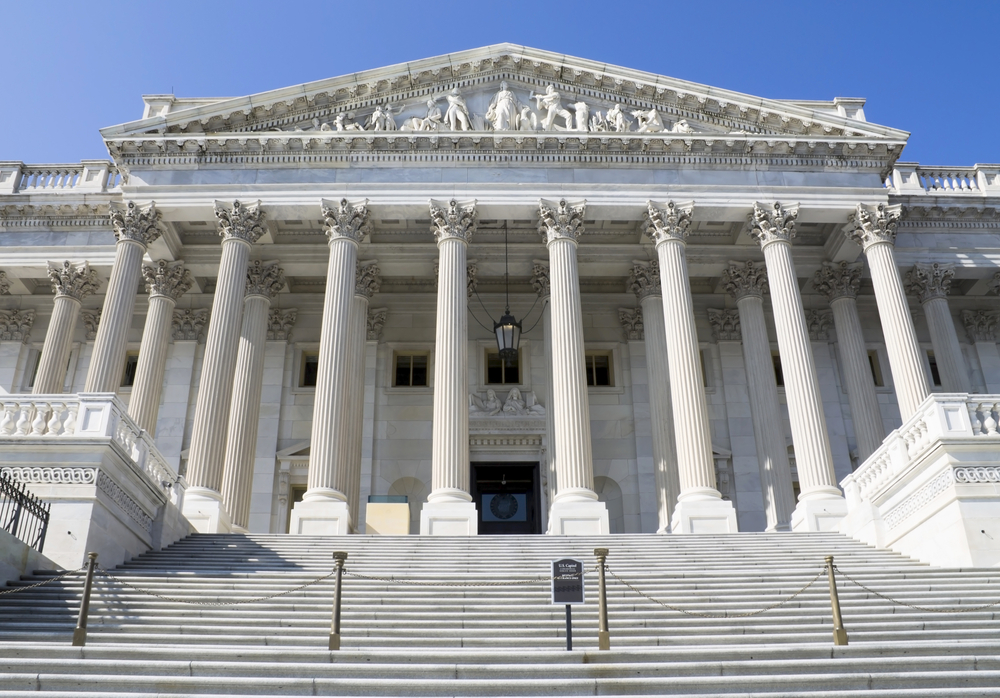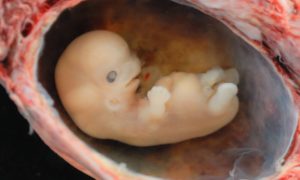With only eight justices on the bench and hundreds of protesters outside, the Supreme Court heard oral arguments today for the most important abortion-related case since 1992. Whole Woman’s Health v. Hellerstedt involves two issues: do ambulatory surgical center regulations for abortion facilities and hospital admitting privileges for abortionists create an undue burden for women seeking an abortion? The issues stem from a law passed in Texas and the Solicitor General of Texas, Scott Keller argued for the Respondents.
However, similar laws have been enacted in states all across the country and are seen as a measure to improve the health and safety of women who ultimately decide to go through with an abortion. Attorney Stephanie Toti of the Center for Reproductive Rights and Donald Verrilli, the Solicitor General of the United States, argued the Petitoners’ side. Toti and Verrilli argued that these restrictions were created for the sole purpose of closing down abortion facilities and are succeeding at that goal, in turn, creating an undue burden for women seeking abortions.
When Toti began making her oral arguments in opposition to H.B. 2, her chief argument was that more than twenty Texas abortion facilities closed in the wake of H.B. 2 as a result of the law. Chief Justice Roberts interrupted her, as is customary during oral arguments, asking for direct evidence that these clinics closed as a result of the law. When Toti failed to mention any direct evidence on record, instead arguing that the timing of the closures was in relation to H.B. 2, Justices Alito and (more importantly) Kennedy began a string of questioning about whether or not to remand the case back down to lower courts to gather more evidence.
This, as has been noted elsewhere, could be Justice Kennedy’s way of not having to vote on this case or at least entering into a 4-4 decision, which would simply affirm the lower court’s decision to uphold H.B. 2 without setting a precedent. Close observers of the Court knew long before today that Kennedy would be the lone swing vote that counselors would need to persuade. If his questions today were any indication of his leanings, he is looking for a way out of a precedent.
At the end of Toti’s time, General Verrilli of the United States took his turn to argue against the Texas laws. During Verrilli’s time, Justice Alito argued that some of the provisions in the ambulatory surgical center law seemed like common sense regulations such as the requirement that all ambulatory surgical centers have a registered nurse who is licensed to perform CPR. Alito also noted that the law had a severability clause. This clause would keep provisions (like the one on registered nurses) which everybody should agree are reasonable if any of the more controversial regulations were struck down. Verrilli refused to acknowledge that any of the provisions were more reasonable than others and, instead, argued that the laws as a whole created an undue burden on women in Texas seeking abortion.
When Keller argued that the Texas State Legislature has the authority to legislate on issues of public interest, the liberal justices on the bench vigorously pushed him on why abortion was being regulated and not other “more dangerous” medical procedures such as colonoscopies and liposuctions. When Keller argued back that abortion was not complication-free and cited the Gosnell incident, the liberal justices shot back that that was an isolated incident. At that point Justice Alito argued back that an amicus brief cited “instance after instance where Whole Woman’s facilities have been cited for really appalling violations.” (Live Action’s brief was one of several that discussed abortion facilities’ violations around the nation, as well as health risks of abortion for women.) That led to further debate on why abortion was being singled out when other procedures were not being similarly regulated.
One last note: The conservative justices spent a fair amount of time questioning both attorneys on the definition of “undue burden” and how it is applied in this case. They wanted to know how the “undue burden” analysis from Casey might be weighed against the strength of state’s interest in health and safety. This should be an interesting forecasting to future abortion-related cases if conservatives can successfully fill Justice Scalia’s seat with one of their own and take another stab at re-defining the definition of “undue burden” or, even, set a clearer standard for abortion cases.







